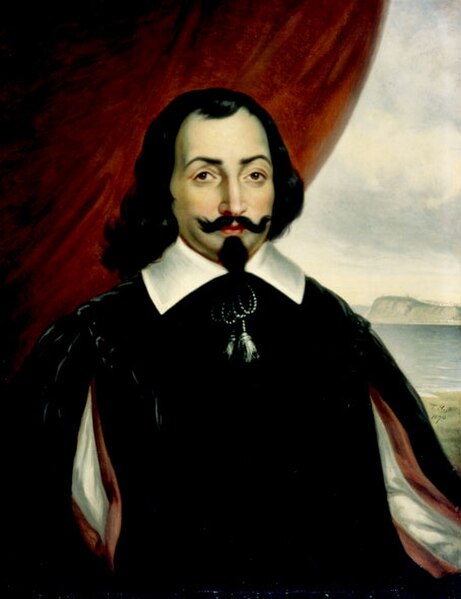Étienne Brûlé was the first European explorer to journey beyond the St. Lawrence River into what is now known as Canada. He spent much of his early adult life among the Hurons, and mastered their language and learned their culture. Brûlé became an interpreter and guide for Samuel de Champlain, who later sent Brûlé on a number of exploratory missions, among which he is thought to have preceded Champlain to the Great Lakes, reuniting with him upon Champlain's first arrival at Lake Huron. Among his many travels were explorations of Georgian Bay and Lake Huron, as well as the Humber and Ottawa Rivers. Champlain agreed to send Brûlé, at his own request, as an interpreter to live among the Onontchataron, an Algonquin people, in 1610. In 1629, during the Anglo-French War, he escaped after being captured by the Seneca tribe. Brûlé was killed by the Bear tribe of the Huron people, who believed he had betrayed them to the Seneca.

A plaque to commemorate Étienne Brûlé's discovery of the pathway to the Humber in Etienne Brule Park of Toronto, Ontario, puts his date of birth at 1595.
Samuel de Champlain was a French explorer, navigator, cartographer, draftsman, soldier, geographer, ethnologist, diplomat, and chronicler. He made between 21 and 29 trips across the Atlantic Ocean, and founded Quebec City, and New France, on 3 July 1608. An important figure in Canadian history, Champlain created the first accurate coastal map during his explorations and founded various colonial settlements.
Detail from "Défaite des Iroquois au Lac de Champlain," Champlain Voyages (1613). This self-portrait is the only surviving contemporary likeness of the explorer.
Inauthentic depiction of Champlain, by Théophile Hamel (1870), after the one by Ducornet, based on a portrait of Michel Particelli d'Emery by Balthasar Moncornet. No authentic portrait of Champlain is known to exist.
Sir Sandford Fleming Park, Halifax, Nova Scotia – Stone from Samuel de Champlain's birthplace in Brouage, France (1574)
Champlain and guide in Isle La Motte, Vermont, at the site Champlain is said to have first set foot in Vermont (and encamped) in 1609. Lake Champlain is in the background. (Sculptor E.L.Weber, 1967; Photo by Matt Wills, 2009)





